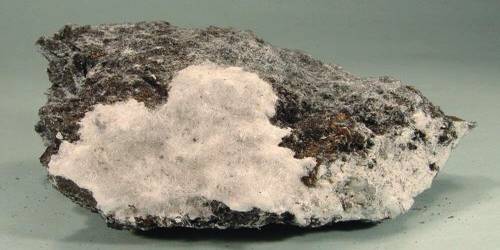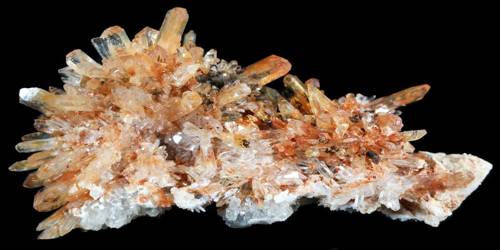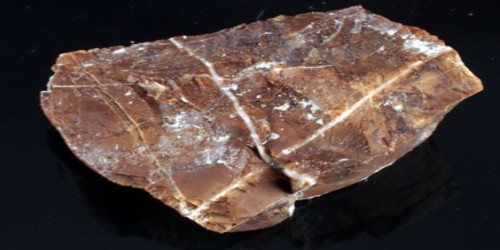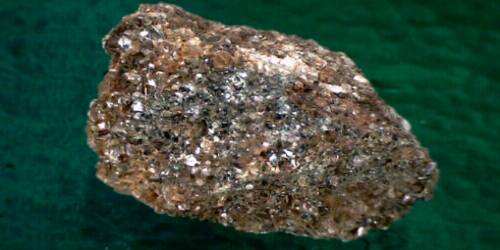Canavesite, Mg2(HBO3)(CO3)∙5H2O, is a rare carboborate mineral from the abandoned Brosso mine in Italy. The only other locality for Canavesite is at the Sterling mine at Sterling Hill in the Franklin District of New Jersey, USA. It is a rare secondary mineral on tunnel surfaces in an abandoned mine in weathering ludwigite–magnetite skarn. It is a secondary mineral that occurs due to the weathering of ludwigite-magnetite skarn on the surface of mine walls.
Canavesite is a secondary mineral that occurs on tunnel surfaces in weathered ludwigite-magnetite skarn at the type locality. The physical properties consist of milky-white rosette-like aggregates of elongated transparent fibers shown in figure one.
General Information
- Category: Carboborite Mineral
- Formula: Mg2(HBO3)(CO3)∙5H2O
- Crystal system: Monoclinic
- Crystal class: Prismatic (2/m) (same H-M symbol)
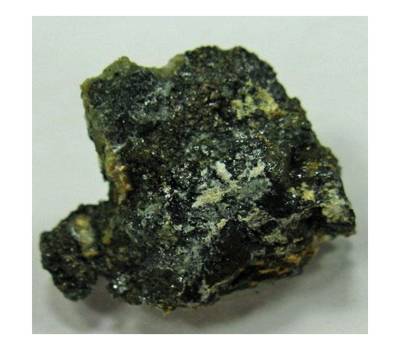
Properties
- Formula mass: 258.51 g/mol
- Color: milky white to colorless
- Crystal habit: Acicular – Occurs as needle-like crystal and Rosette – Bundled tabular aggregates resembling rose flower petals
- Tenacity: Slightly flexible
- Luster: vitreous, silky in aggregates
- Streak: white
- Density: 1.8 g/cm-3
Occurrence
The Vola Gera tunnel in the Brosso mine is located in a village northwest of Ivrea, Piedmont, Italy in Canavese district. The mine was initially a pyrite mine but it was abandoned. It is a well-known mine for fine minerals that build up between the zone where monzonite stock and marbles interbedded in the mica schists of the Sesia-Lanzo zone. Mineralization of boron within magnetite skarns was first reported by Giussani and Vighi in 1964. There has since been more canavesite discovered in New Jersey at the Sterling Mine. They are the only two places that have been known to produce the secondary mineral.
Information Source:
